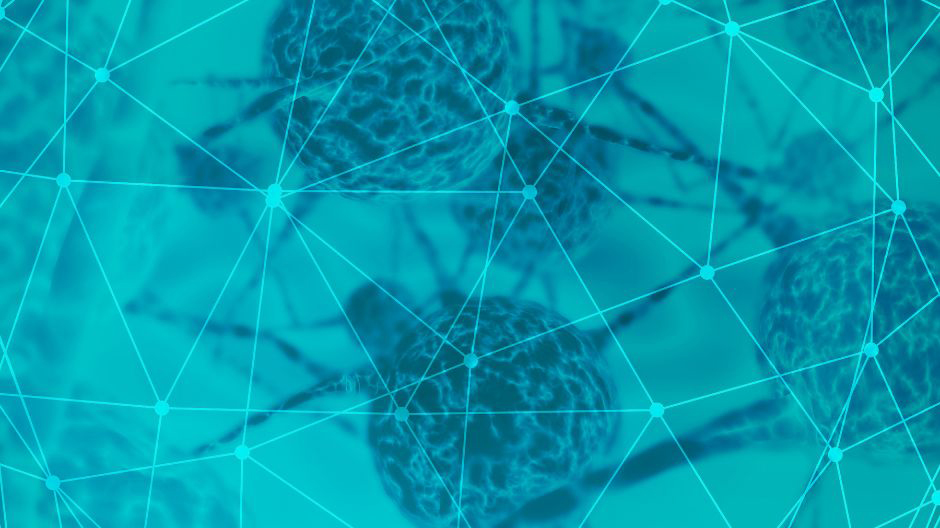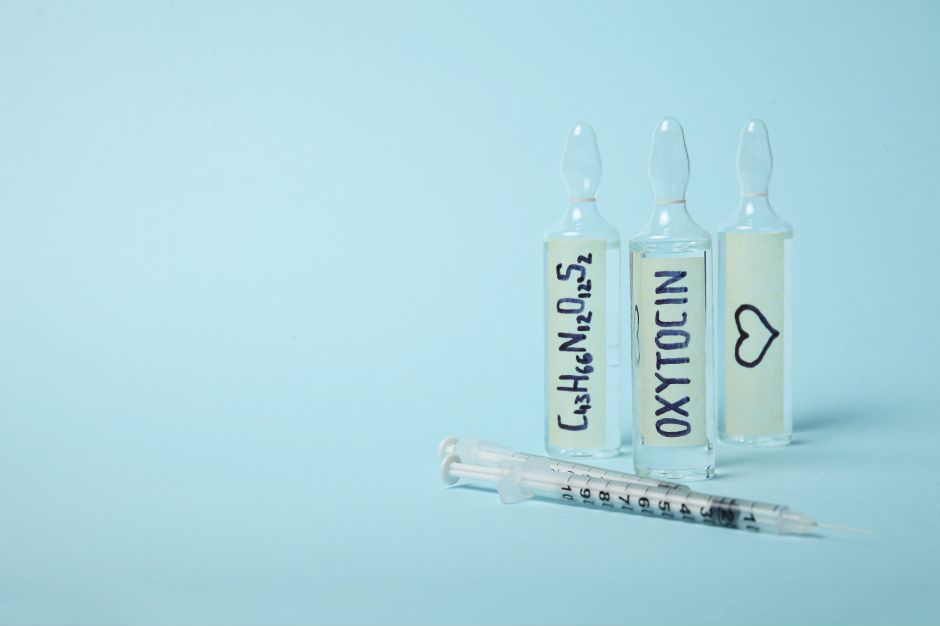Understanding Bio-Identical
Hormone Therapy
A Comprehensive Guide:
Hormonal imbalances can significantly impact an individual’s quality of life, leading to a myriad of symptoms ranging from fatigue and mood swings to more serious health concerns. Bio-identical hormone therapy (BHT) has emerged as a popular treatment option for addressing these imbalances, particularly in menopausal women and men with low testosterone levels. Unlike traditional hormone replacement therapies, BHT uses hormones that are chemically identical to those the human body naturally produces. This blog aims to provide an in-depth understanding of bio-identical hormone therapy, its benefits, potential risks, and considerations for those contemplating this treatment.

The Basics of Bio-Identical Hormone Therapy
Bio-identical hormone therapy involves the use of hormones that are molecularly identical to endogenous hormones. These hormones are typically derived from plant sources such as soy and yam, which are then modified to match human hormones like estrogen, progesterone, and testosterone. The goal of BHT is to restore hormonal balance in the body, alleviating symptoms associated with hormonal deficiencies or imbalances. This therapy is often customized to the individual’s needs, based on hormonal levels determined through blood tests or saliva tests.
Benefits of Bio-Identical Hormone Therapy
One of the primary benefits of bio-identical hormone therapy is its potential to relieve symptoms of menopause, such as hot flashes, night sweats, mood swings, and vaginal dryness. For men, BHT can address symptoms of andropause, including fatigue, depression, and decreased libido. Additionally, bio-identical hormones are often touted as being safer and more natural than synthetic hormones, as their identical structure to natural hormones may allow for better integration and function within the body. Patients on BHT often report improved energy levels, mood stability, and overall quality of life.
Risks and Controversies
Despite its benefits, bio-identical hormone therapy is not without risks and controversies. Critics argue that there is a lack of long-term studies on the safety and efficacy of BHT. Concerns have been raised about the potential for increased risk of blood clots, stroke, and breast cancer, similar to those associated with conventional hormone replacement therapies. Moreover, because BHT is often compounded in pharmacies, there is variability in dosing and quality, which can lead to inconsistent therapeutic outcomes. It is crucial for individuals to consult with knowledgeable healthcare providers and weigh the potential risks and benefits before starting BHT.
Customization and Administration
A significant advantage of bio-identical hormone therapy is its highly customizable nature. After determining hormonal deficiencies through comprehensive testing, healthcare providers can tailor the hormone formulations to meet the specific needs of each patient. BHT can be administered in various forms, including creams, gels, patches, pills, and injections, offering flexibility and convenience. The personalized approach aims to achieve optimal hormonal balance and minimize side effects, enhancing the therapy’s effectiveness.
Comparisons with Traditional Hormone Replacement Therapy
Traditional hormone replacement therapy (HRT) often uses synthetic hormones or animal-derived hormones that differ slightly from human hormones. These differences can lead to variable effects in the body and potentially higher incidences of side effects. Bio-identical hormone therapy proponents argue that BHT’s closer match to natural hormones offers a safer alternative. However, it’s important to note that both therapies aim to alleviate similar symptoms and improve the quality of life, and the choice between them should be based on individual health needs and professional medical advice.
Future Perspectives
The future of bio-identical hormone therapy looks promising, with ongoing research and development aimed at enhancing its safety, efficacy, and accessibility. Advances in biotechnology may lead to even more precise hormone formulations and delivery methods. As public awareness grows and more clinical data becomes available, BHT may become an increasingly mainstream option for managing hormonal imbalances. Continuous education for both healthcare providers and patients is essential to navigate the complexities of hormone therapy and make informed decisions.

Conclusion
Bio-identical hormone therapy represents a significant advancement in the management of hormonal imbalances, offering a tailored approach that aligns closely with the body’s natural hormones. While it presents numerous benefits, including symptom relief and improved quality of life, it is essential to approach BHT with a clear understanding of its potential risks and the importance of professional guidance. As research progresses, bio-identical hormone therapy may well solidify its role as a cornerstone in the treatment of hormonal disorders, providing hope and relief to those affected by these conditions.
Hormone Therapy


